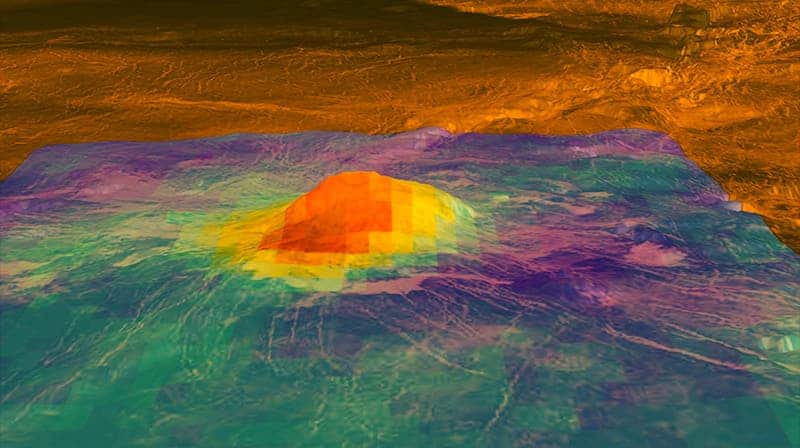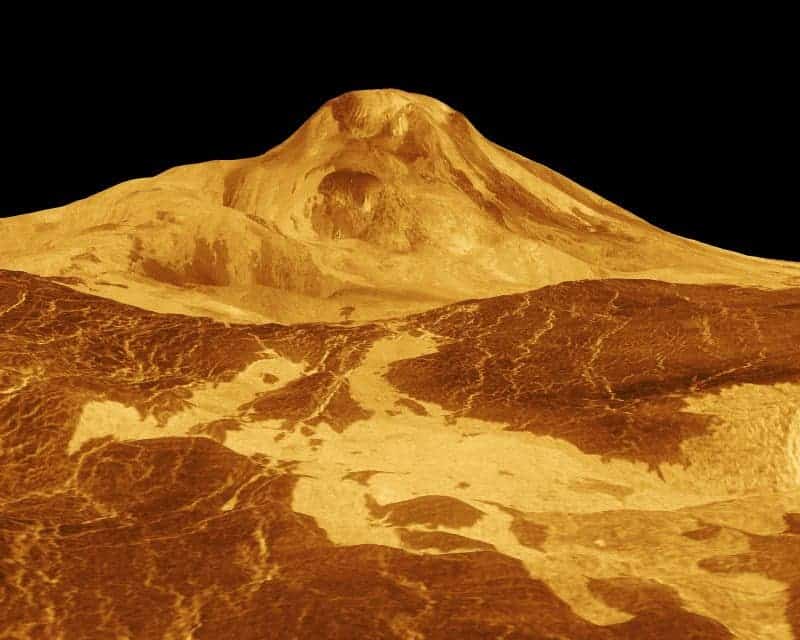Scientists have known for some time that the surface of Venus is dotted with volcanic features. However, due to the planet’s hazy atmosphere, it has always been uncertain whether Venus is still volcanically active — until now.
New compelling evidence suggests that Venus is volcanically active. This would make it only the second such planet that we know of, besides Earth.

In the early 1990s, NASA’s Magellan spacecraft beamed back radar images showing extensive lave flows. Subsequent studies and missions, such as ESA’s Venus Express orbiter, measured infrared light released by the planet’s surface at night to determine the age of the lava flows. Although the data was good enough for scientists to carry relative measurements between older and newer lava flows, their age couldn’t be accurately assessed.
Some have speculated from the data that Venus may have been volcanically active as recent as 2.5 million years ago — which is the blink of an eye in geologic time. But new evidence presented in a study led by Dr. Justin Filiberto, a researcher at the Lunar Planetary Institute in Houston, Texas, may mean that Venus may be volcanically active even now.
Researchers simulated Venus’ very dense atmosphere in the lab to assess its influence on lava flows over time. To their surprise, they found that olivine, a mineral that is abundant in some basaltic rocks (covering 90% of Venus), reacts rapidly with chemicals in Venus’ atmosphere, becoming coated with magnetite and hematite, both iron oxide minerals, within days.
The researchers also found that near-infrared light emitted by these minerals would disappear within days, something consistent with data recorded by the Venus Express mission.
“Our results indicate that lava flows lacking VNIR features due to hematite are no more than several years old. Therefore, Venus is volcanically active now,” the authors of the new study wrote in the journal Science Advances.

Now, all that remains is for a new mission to confirm this hypothesis. Besides Earth, the only other confirmed volcanically active worlds that we know of are Io, a moon of Jupiter; Triton, a moon of Neptune; and Enceladus, a moon of Saturn.
However, Mars, Pluto, Jupiter’s moon Europa could also be volcanically active.
“If Venus is indeed active today, it would make a great place to visit to better understand the interiors of planets. For example, we could study how planets cool and why the Earth and Venus have active volcanism, but Mars does not,” Filiberto said.
The next missions bound for Venus are India’s Shukrayaan-1 orbiter and Russia’s Venera-D spacecraft, scheduled to launch by 2023 and 2026, respectively.






